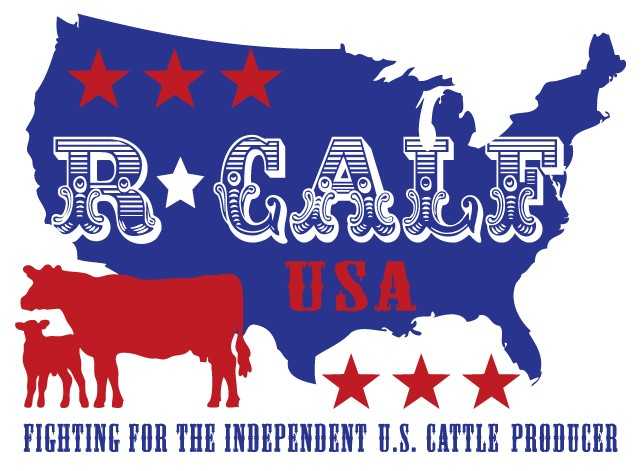![]()

Commentary by Bill Bullard, CEO, R-CALF USA
Over three decades ago economists suggested the United States would be better off if we opened our markets to the world and the world opened its markets to us. So inviting was this suggestion that policy makers set out to achieve this ideal by reducing or eliminating tariffs on imported goods. But expectations that the world would reciprocate were never fully met.
And when the prospects of accessing the most affluent consumer market in the world while paying low or no tariffs became a reality, many manufacturers moved offshore to avail themselves of lower production costs, due largely to lower wages and less stringent regulatory requirements.
And over time, the U.S. became increasingly dependent on foreign manufacturing to meet rising consumer demands for goods, as well as for maintaining our national security.
This dependency is measured by our trade deficit. Last year we imported $3 trillion worth of goods, and our trade deficit was about $785 billion.
In short, we have been importing far more than we export, and our trade deficit has exploded.
And then someone asked a fundamental question: What if we began producing here more of what we consume here, what would that do for America?
And that fundamental question is the reason that “To tariff or not to tariff” is now a critical question in the 2024 elections.
So, let us look at the pros and cons of tariffs. Now tariffs can be viewed as a fee paid by importers for the privilege of selling into the U.S. market.
Tariffs have three basic purposes:
- Stimulate domestic production.
- Protect domestic industries.
- Raise revenues.
By setting tariffs on imported goods at an amount that offsets the offshore advantages of lower wages and lesser regulatory costs, tariffs level the playing field for domestic producers, enabling them to compete head-to-head with lower-priced imports. This would be expected to stimulate domestic production which would be expected to generate more good-paying jobs.
By setting tariffs on imported goods considered critical to our national security, at levels that afford our domestic production of critical goods a competitive advantage in our domestic market, tariffs can be used to protect our domestic production of critical goods.
And in both examples, tariffs would be expected to generate revenues for the United States, which could reduce tax burdens on both U.S. industries and on U.S. consumers.
Those would be the pros of reestablishing tariffs in the United States.
But it is important to also discuss the cons of tariffs. And the con, of course, is the impact of any negative price inflation that might ensue.
To say that tariffs will not impact any prices would be disingenuous. Studies show that some price inflation would be expected from increased tariffs though that price inflation would not likely occur for all goods, and prices would not likely increase dollar for dollar based on the amount of the tariff.
Let us look at why this would be. By stimulating domestic production, U.S. employment would be expected to rise, and because manufacturing is generally associated with high wages, paying higher wages than does retail, tariffs would be expected to both create domestic economic growth and increase household incomes.
The balance to be achieved is that benefits expected to accrue from increased economic growth and increased household incomes must offset the level of expected negative price inflation. This is where our attention should be focused, and we are fortunate that studies are being conducted right now to help us better evaluate the potential impact of tariffs on our economy.
That tariffs can protect domestic industries is inarguable. We can readily understand how this works by considering the current state of the U.S. sheep industry. Our domestic sheep industry has been decimated by imported lamb arriving in the U.S. tariff-free and produced under less stringent standards. As a result, imports have captured about 70 percent of the U.S. market from our domestic sheep producers.
Instituting a tariff on imported lamb at a level that discourages unlimited imports will provide the domestic sheep industry an opportunity to breathe – an opportunity to expand and grow without the stifling burden of cheaper market-depressing imports.
If you believe achieving a high degree of food self-sufficiency is important to the national security of our nation, then the potential that lamb prices might increase if the volume of cheaper imports is reduced is a trade-off worth making.
And when you consider that when we produce here more of the lamb consumed here, then we will see additional economic growth in lamb processing and more employment throughout the entire lamb supply chain, a growth and expansion that will again lead to improvements to U.S. household incomes.
